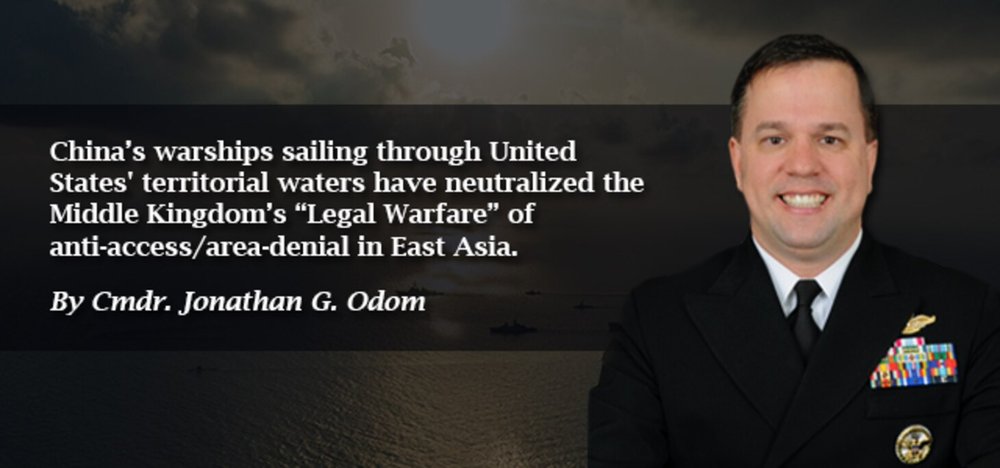Last month, President Obama made political history by becoming the first U.S. president to visit the Arctic, where he discussed American interests in that region and the need for nations around the world to collectively address the challenges of climate change. During that same week, another momentous event of a different sort occurred nearby: five warships from the People’s Republic of China (PRC) transited through U.S. territorial seas off the coast of Alaska, near the Aleutian Islands. Not all of the details have been confirmed, but this much is clear: these islands are naturally-formed features above water; they are the sovereign territory of the United States; China’s warships transited sovereign U.S. waters near these islands and China did not have U.S. permission or authorization to do so. Taking these material facts together, this recent development begs the question: What does transit by China’s warships through U.S. waters mean for the future of international law, particularly as it applies to military activities at sea?
Since its founding, the PRC has evolved in how it views international law and its role in the international system. For the first three decades of its existence, the PRC demonstrated its skepticism of the existing international legal order. The first generation of PRC legal experts were known for using phrases such as the pejorative, Marxist-laden “bourgeois international law.” Gradually, China warmed to interacting with the outside world, culminating with the establishment of diplomatic relations with a number of other nations. Once the PRC decided to play a more active role in the international system and the legal order underlying that system, a perennial question has been, in the wordsof Evan Medeiros, “Does China accept the prevailing rules or does it seek to rewrite them?”
Read more at The National Interest
